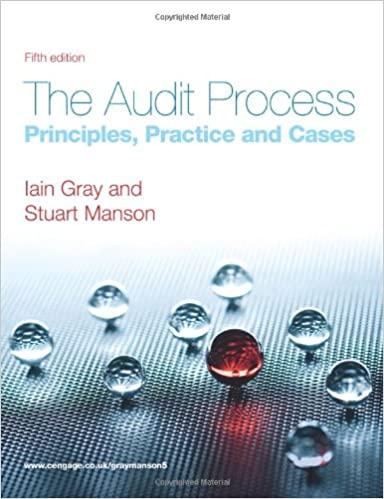

Today is April 30, 2012, and you have just started your new job with a financial planning firm. In addition to studying for all your licence exams, you have been asked to review a portion of a client's stock portfolio to determine the risk/return profiles of 12 stocks in the portfolio. Unfortunately, your small firm cannot afford the expensive databases that would provide all this information with a few simple keystrokes, but that's why they hired you. Specifically, you have been asked to determine the monthly average returns and standard deviations for the 12 stocks for the past 5 years. The stocks (with their symbols in parentheses) are : Archer Daniels Midland (ADM) International Business Machines Corporation (IBM) Boeing (BA) JP Morgan Chase & Co. (JPM) Caterpillar (CAT) Microsoft (MSFT) Deere & Co. (DE) Procter and Gamble (PG) General Mills, Inc. (GIS) Wal-Mart (WMT) Google Inc. (GOOG) Hershey (HSY) 1. Collect price information for each stock from Yahoo! Finance (finance.yahoo.com) as follows: a) Enter the stock symbol. On the page for that stock, click Historical Prices on the left side of the page. b) Enter the start date as April 30, 2007 and the end date as April 30, 2012 to cover the 5-year period. Make sure you click monthly next to the date. c) After hitting Get Prices, scroll to the bottom of the first page and click Download to Spreadsheet". If you are asked if you want to open or save the file, click open. d) Copy the entire spreadsheet, open Excel, and paste the Web data into a spreadsheet. Delete all the columns except the date and the adjusted close the first and last columns). e) Keep the Excel file open and go back to the Yahoo! Finance Web page and hit the back button. If you are asked if you want to save the data, click no. f) When you return to the price page, enter the next stock symbol and hit "Get Prices" again. Do not change the dates or frequency, but make sure you have the same dates for all the stocks you will download. Again, click Download to Spreadsheet" and then open the file. Copy the last column, Adj. Close, paste it into the Excel file and change Adj. Close to the stock symbol. Make sure that the first and last prices are in the same rows as the first stock. g) Repeat these steps for the remaining 10 stocks, pasting each closing price right next to the other stocks, again making sure that the correct prices on the correct dates all appear on the same rows. 2. Convert these prices to monthly returns as the percentage change in the monthly prices. (Hint : Create a separate worksheet within the Excel file). Note that to compute a return for each month, you need a beginning and ending price, so you will not be able to compute the return for the first month. 3. Compute the mean monthly returns and standard deviations for the monthly returns of each of the stocks. Convert the monthly statistics to annual statistics for easier interpretation (multiply the mean monthly return by 12, and multiply the monthly standard deviation by (12)0.5 4. Add a column in your Excel worksheet with the average return across stocks for each month. This is the monthly return to an equally weighted portfolio of these stocks. Compute the mean and standard deviation of monthly returns for the equally weighted portfolio. Double check that the average return on this equally weighted portfolio is equal to the average return of all the individual stocks. Convert these monthly statistics to annual statistics for interpretation. 5. Using the annual statistics, create an Excel plot with standard deviation (volatility) on the x- axis and average return on the y-axis as follows : a) Create 3 columns on your spreadsheet with the statistics you created in Questions 3 and 4 for each of the individual stocks and the equally weighted portfolio. The first column will have the ticker, the second will have annual standard deviation, and the third will have the annual mean return. b) Highlight the data in the last 2 columns (standard deviation and mean), choose Insert > Chart > XY Scatter Plot. Complete the chart wizard to finish the plot. 6. What do you notice about the average of the volatilities of the individual stocks, compared to the volatility of the equally weighted portfolio








